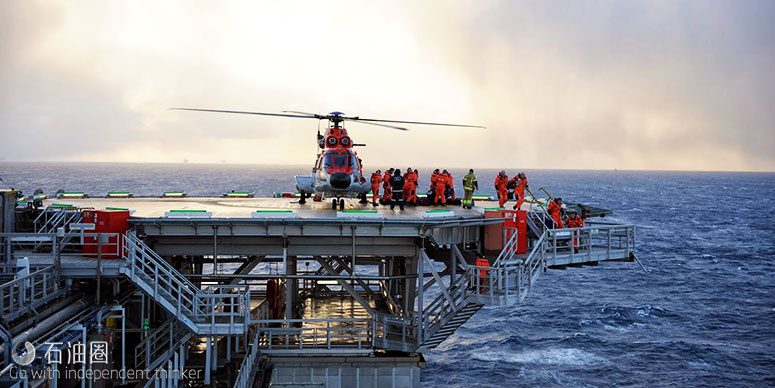Operational time is one of the greatest variables on any well project. AGR’s iQx TIME module, introduced earlier this year, has helped some oil companies increase their drilling operational efficiency by 50%.
Lost time can be challenging to map and therefore difficult to mitigate. Hitherto, drilling managers have also lacked a regular high level overview to monitor the operational development.
The new software, developed with various operating partners and already licensed to oil and gas companies in Norway, combines up-to-the minute data from the user’s daily drilling report system with historic activity reports, allowing the operator to accurately benchmark activity against its own historic projects and against third-party activity. Automatic synchronization with all industryrecognized drilling reporting systems also highlights inefficiencies and opportunities for improvement.
Among other features, the software provides users with greater insight into specific operational timings and data across multiple wellbores. This allows them to compare the efficiency of their wellbores in terms of footage/ day; to derive an overview of non-productive time and its contributing factors; flat spot analysis; and to undertake a comparison of wells to identify long-term trends grouped by rigs, field or hole sections.
An intuitive time versus depth visualization compared to budget helps the user quickly identify where opportunities for improvement lie. This is supported with key performance indicator functionality, automated reporting, and the automatic transfer of drilling data from the user’s daily drilling reporting system.
In terms of improving the efficiency of well projects, very often the critical factor is achieving marginal gains across the board. One of the greatest opportunities for improvement comes from cutting inefficient use of time – for example, teams having to spend hours researching past projects. With the new software, the information is at their fingertips, allowing them to remain focused on active operational activity.
AGR has gathered data from a range of different sources and standardized these to ensure data analysis is easy to interpret and compare. iQx users include: Aker BP, OMV, VNG, Lundin, Norwegian University of Science and Technology, and LUKOIL Overseas North Shelf. The software provides access to data from more than 6,000 wells drilled on the Norwegian continental shelf. All the software’s modules visualize data in standard format, allowing drilling and subsurface teams to interpret data from real time and historic operations.
The information is drawn from a publicly available databank but can also be tailored to include the end-user’s specific data. The software currently provides offset, experience, GEO and TIME modules for knowledge capturing and data analytics. More in-depth analytical tools are planned for 2017 based on the existing AGR software portfolio such as probabilistic well planning tool P1. But the company is also for the first time inviting external companies to deliver modules based on their own developed API standards.
Aker BP’s drilling supervisor, Trond Eggen Sivertsen, who is implementing another iQx module, Experience, on the company’s Ivar Aasen development in the North Sea, has said that the software is now a daily part of the company’s standard working processes, with the derived individual learnings on the project saved and now made accessible on a companywide level. By standardizing the knowledge management process, Aker BP has been able to locate features for improving effectiveness through minimizing human error. This has led to a higher and more consistent level of quality in the company’s project, concept selection, and well planning.
Ivar Aasen’s development team used the iQx tool for collecting and analyzing historic well data to minimize the time spent on offset engineering as well as helping to streamline their processes for cross-divisional training and skills development.
Visualizing ‘big data’
During the 1990s when the term “big data” first surfaced the collection, storage, and analysis of data were hugely time consuming, significantly limiting the scope and scale of information gathered and how it was used. Well projects then depended on the skill and judgement of the team leaders; projects were high risk and often ran over time and budget.
Now more sophisticated tools are being developed to capture information, via sensors placed on drilling rigs, downhole or in production facilities. For a long time, the main focus has been to stream these data real time from offshore to onshore, enabling more decisions to be taken by specialists at onshore bases, with the aim of reduce offshore staff counts.
But the data remains scattered. Due to the industry’s current way of managing data, the full effect of using “big data” has yet not been discovered. Due to a large variation in industry formats and reporting, managing a standard platform for all the data has been an important first step to make all data available for the end users.

 石油圈
石油圈
